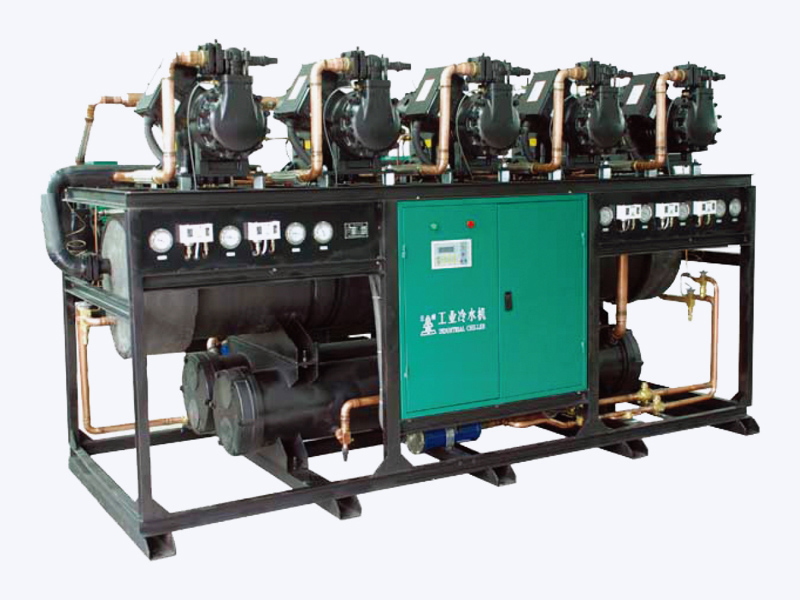Part-load efficiency is a critical aspect of chiller performance, especially since chillers often operate at varying loads throughout their operational cycles. Here's how part-load efficiency works and its implications for energy savings:
Variable Speed Capability: Modern chillers often feature variable speed drives (VSD) or multiple compressors that can adjust their speed or stage their operation based on the cooling demand. This capability allows the chiller to match the precise cooling load requirements of the building at any given time. By avoiding constant operation at full capacity, which is typically less efficient, variable speed chillers can significantly reduce energy consumption during periods of lower demand.
Integrated Controls: Advanced control systems, including building management systems (BMS) and intelligent chiller controllers, play a crucial role in optimizing part-load efficiency. These systems continuously monitor the building's cooling needs and adjust the chiller's operation accordingly. For example, they can modulate compressor speeds, adjust chilled water flow rates, and optimize condenser water temperatures to maintain optimal performance while minimizing energy use.
Efficiency Ratings: Part-load efficiency of chillers is often quantified using metrics like IPLV (Integrated Part Load Value) or NPLV (Non-Standard Part Load Value). These ratings provide a standardized measure of how efficiently the chiller performs across various part-load conditions, typically ranging from 25% to 100% of full load. A higher IPLV or NPLV rating indicates better efficiency at partial loads, which is crucial since chillers frequently operate at partial loads during normal building operation.
Energy Savings: The primary benefit of improved part-load efficiency is reduced energy consumption and lower operating costs. Chillers that can adjust their capacity to match fluctuating cooling demands consume less electricity during periods of lower load, such as evenings or moderate weather conditions. This translates directly into cost savings on utility bills and contributes to sustainability goals by reducing greenhouse gas emissions associated with energy production.
Lifecycle Cost Benefits: While high-efficiency chillers may have higher initial costs compared to standard models, their lower energy consumption typically results in quicker payback periods and lower lifecycle costs. Over the chiller's operational life, savings in energy bills and reduced maintenance due to less frequent cycling and wear on components can outweigh the initial investment.
System Design Considerations: Achieving optimal part-load efficiency also involves considering the entire cooling system design. Factors such as variable flow pumps, properly sized pipes, and efficient heat exchangers contribute to minimizing energy losses and maximizing chiller efficiency. Designing the system for flexibility and scalability ensures that it can adapt to future changes in building cooling loads without sacrificing efficiency.
Monitoring and Optimization: Regular monitoring, maintenance, and performance tuning are essential to ensure that the chiller continues to operate at peak efficiency throughout its lifespan. Periodic assessments of equipment performance, coupled with proactive maintenance practices, help identify and address potential inefficiencies before they escalate into costly operational issues.
Semi-Hermetic Industrial Chiller


 English
English عربى
عربى 简体中文
简体中文







.jpg?imageView2/2/w/300/h/300/format/webp/q/75)




